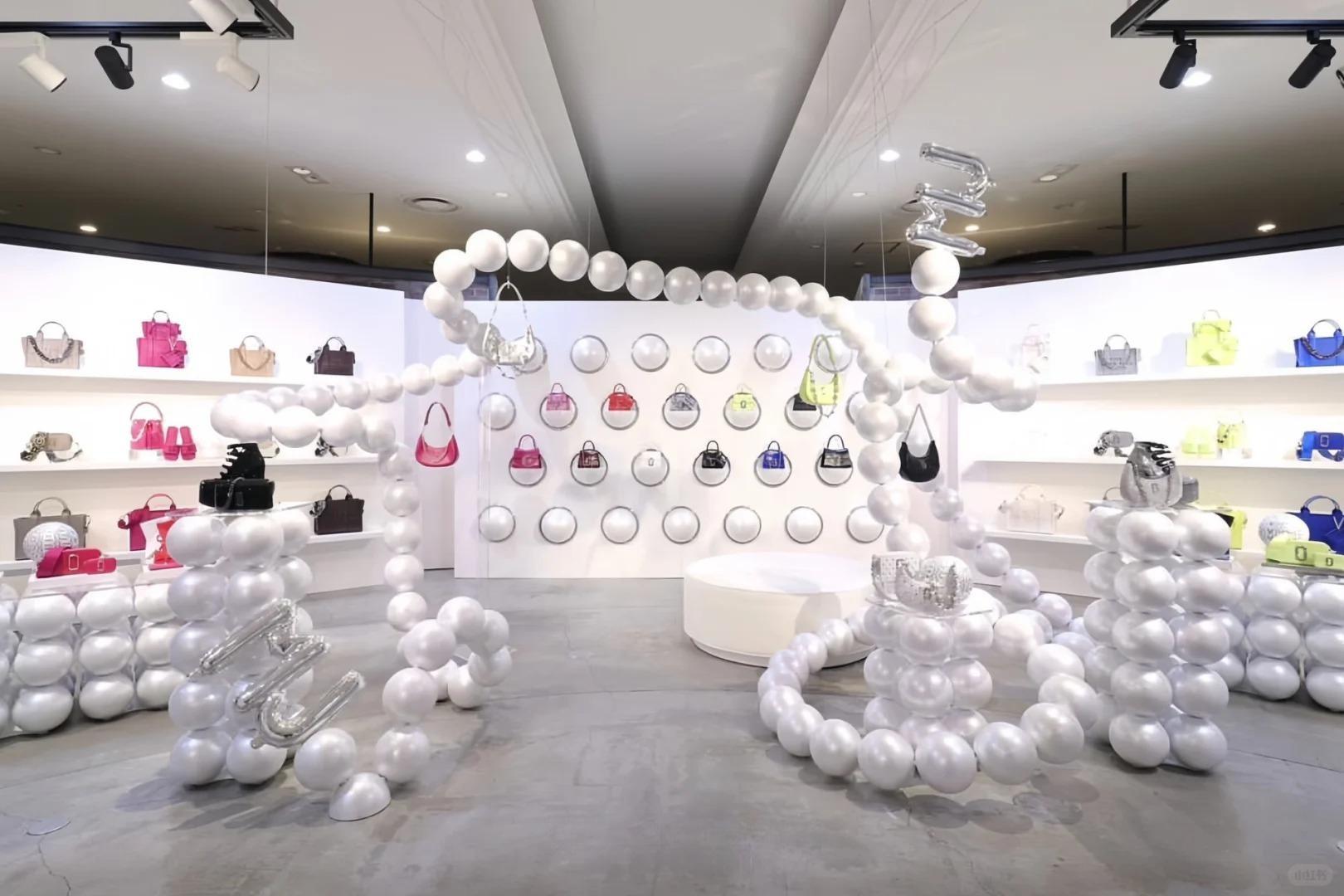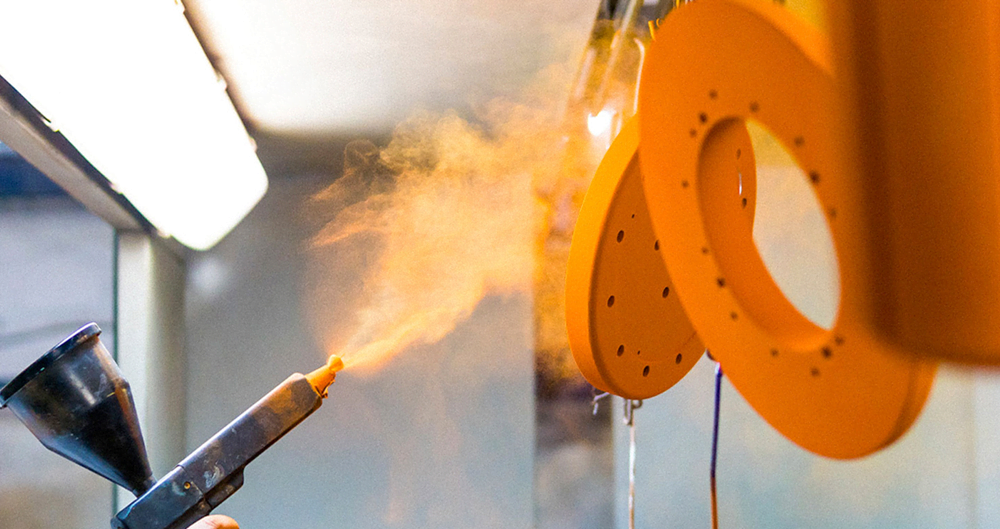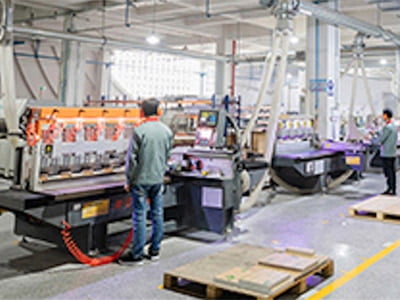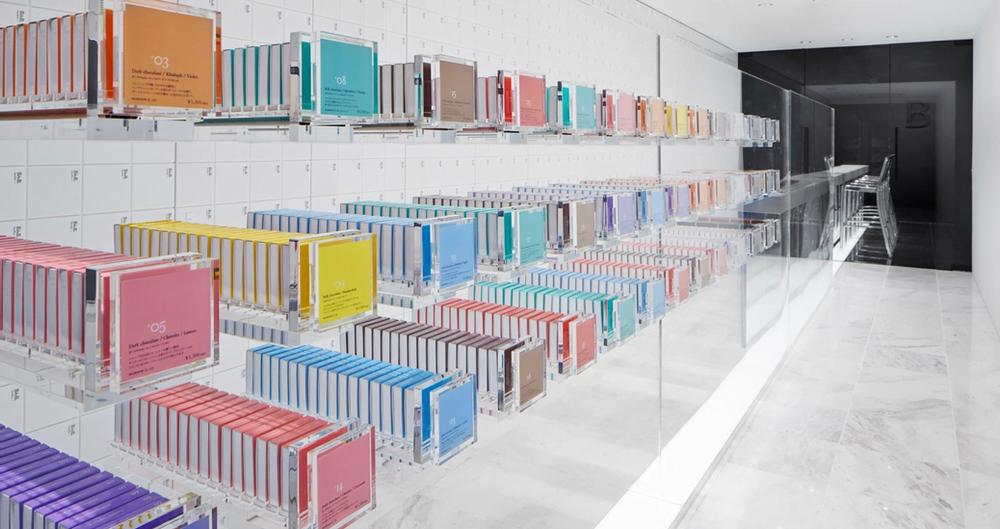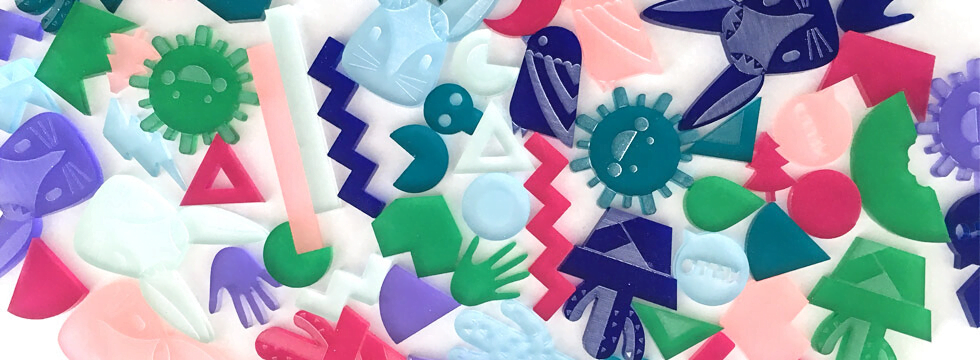Exploring the Differences Between Two Popular Display Materials
By Yan Luo | Samtop Display
Table of Contents
In this guide, we compare fiberglass vs acrylic retail display props to help brands choose the right material for durability, clarity, and cost. Your choice depends on the scale, visibility, and durability requirements of your display. At Samtop, we help brands strike the perfect balance between design goals, cost, and performance.
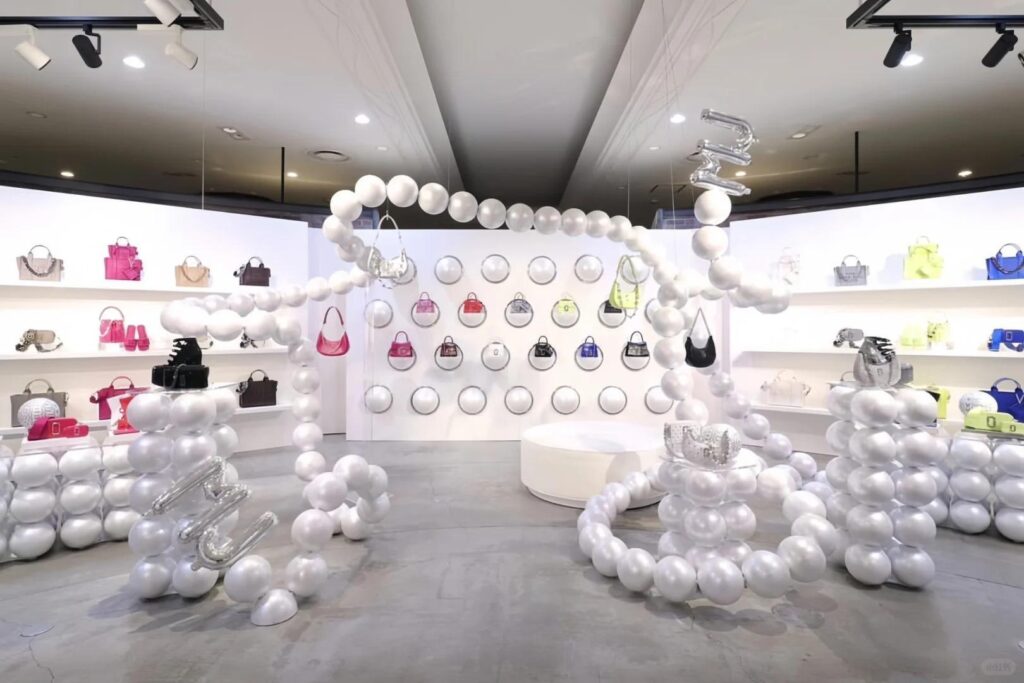
Choosing the right material for retail display props can be overwhelming—especially when balancing factors like durability, visual appeal, and cost.
Choose wrong, and you might end up with cracked props, fading finishes, or costly replacements that hurt your brand image and bottom line.
This guide compares fiberglass vs. acrylic for display use, helping you decide which one best supports your brand goals, budget, and usage needs.
📌 Why It Matters: Material Selection for Retail Props
From POP displays to custom shelving, the material you choose affects not just aesthetics, but also long-term performance and ROI. Fiberglass and acrylic are both widely used—but serve very different purposes.
🧱 Material Overview
🧪 What Is Fiberglass?
Fiberglass is a composite material made of glass fibers embedded in a resin base. It’s highly durable, weather-resistant, and structurally strong—making it the go-to for large installations and outdoor displays.
Benefits:
- High impact resistance
- UV and moisture protection
- Long-lasting in high-traffic environments
💎 What Is Acrylic?
Acrylic (PMMA) is a transparent thermoplastic used in displays requiring crystal clarity. It’s lightweight, visually clean, and easy to fabricate, making it ideal for product showcases and intricate signage.
Benefits:
- Glass-like clarity
- Lightweight and versatile
- Ideal for tabletop and counter displays
📊 Fiberglass vs. Acrylic: Comparison Table
| Feature | Fiberglass | Acrylic | Best Used For |
|---|---|---|---|
| Durability | Very high (impact & weather resistant) | Moderate (can scratch/crack under pressure) | Long-term indoor/outdoor displays |
| Clarity | Opaque or painted finish | Crystal-clear transparency | Product showcases, high-visibility props |
| Weight | Lightweight (for its strength) | Very lightweight | Portable, small-scale displays |
| Cost | Higher initial investment | More budget-friendly for small-scale use | One-off props, promotional stands |
| Customization | Moldable into large, complex structures | Easily cut, engraved, heat-formed | Small figurines, signage, logo displays |
| Outdoor Suitability | Excellent with UV/moisture resistance | Limited unless UV-protected | Exhibitions, pop-ups, permanent store fixtures |
🧩 Design Application Scenarios
- Use Fiberglass for:
- Outdoor pop-up structures
- Freestanding sculptures
- Branded kiosk enclosures
- Use Acrylic for:
- Transparent product risers
- Logo signage and backlit displays
- High-end jewelry or cosmetics showcases
🛠 Technical Considerations
Fiberglass
- Finishes: Textured, glossy, or matte paints
- Structure: Withstands weight and rough handling
- Maintenance: Minimal; long-lasting in extreme climates
Acrylic
- Finishes: Gloss, matte, or frosted
- Structure: Less resistant to heavy impacts
- Maintenance: Easy to clean, but prone to surface scratches
📈 Real Example
A global cosmetics brand used fiberglass to create 6-foot tall bottle replicas for outdoor activation campaigns across Europe. The props remained intact through shipping, repeated installation, and rain exposure.
Meanwhile, for in-store countertop displays, they chose laser-cut acrylic trays with engraved logos to hold perfume testers—lightweight, elegant, and cost-efficient.
💬 FAQ
Q: Can acrylic be used outdoors?
✅ Yes, but only when treated with UV-resistant coatings. Otherwise, it may yellow or crack over time.
Q: Which lasts longer: fiberglass or acrylic?
✅ Fiberglass is more durable and ideal for long-term or outdoor use. Acrylic is better for short-term or indoor visibility.
Q: Can acrylic replicate the look of glass?
✅ Absolutely. Acrylic provides high transparency and can be polished for a glass-like look—without the weight or fragility.
✅ Conclusion: Fiberglass vs. Acrylic—Which Is Right for You?
✔️ Choose fiberglass for strength, scale, and outdoor reliability.
✔️ Choose acrylic for crystal-clear, lightweight, and custom visual displays.
✔️ Match the material to your design vision, usage environment, and budget to maximize impact and ROI.
📩 Need Help Choosing the Right Display Material?
At Samtop, we offer:
- ✅ Custom fiberglass & acrylic display solutions
- ✅ Tailored design for POP displays and flagship activations
- ✅ High-quality production with fast delivery
📧 Email: [email protected]
🌍 Website: www.samtop.com
